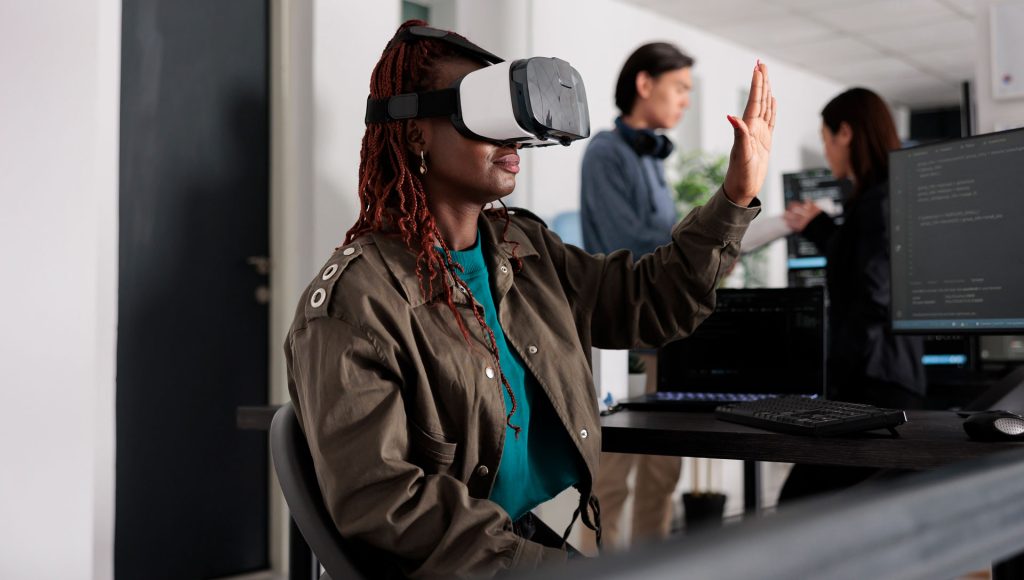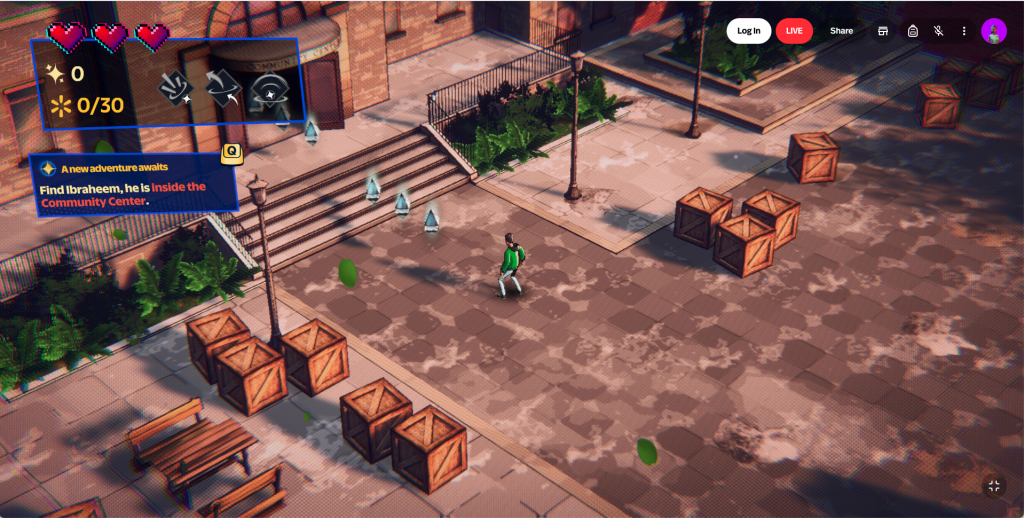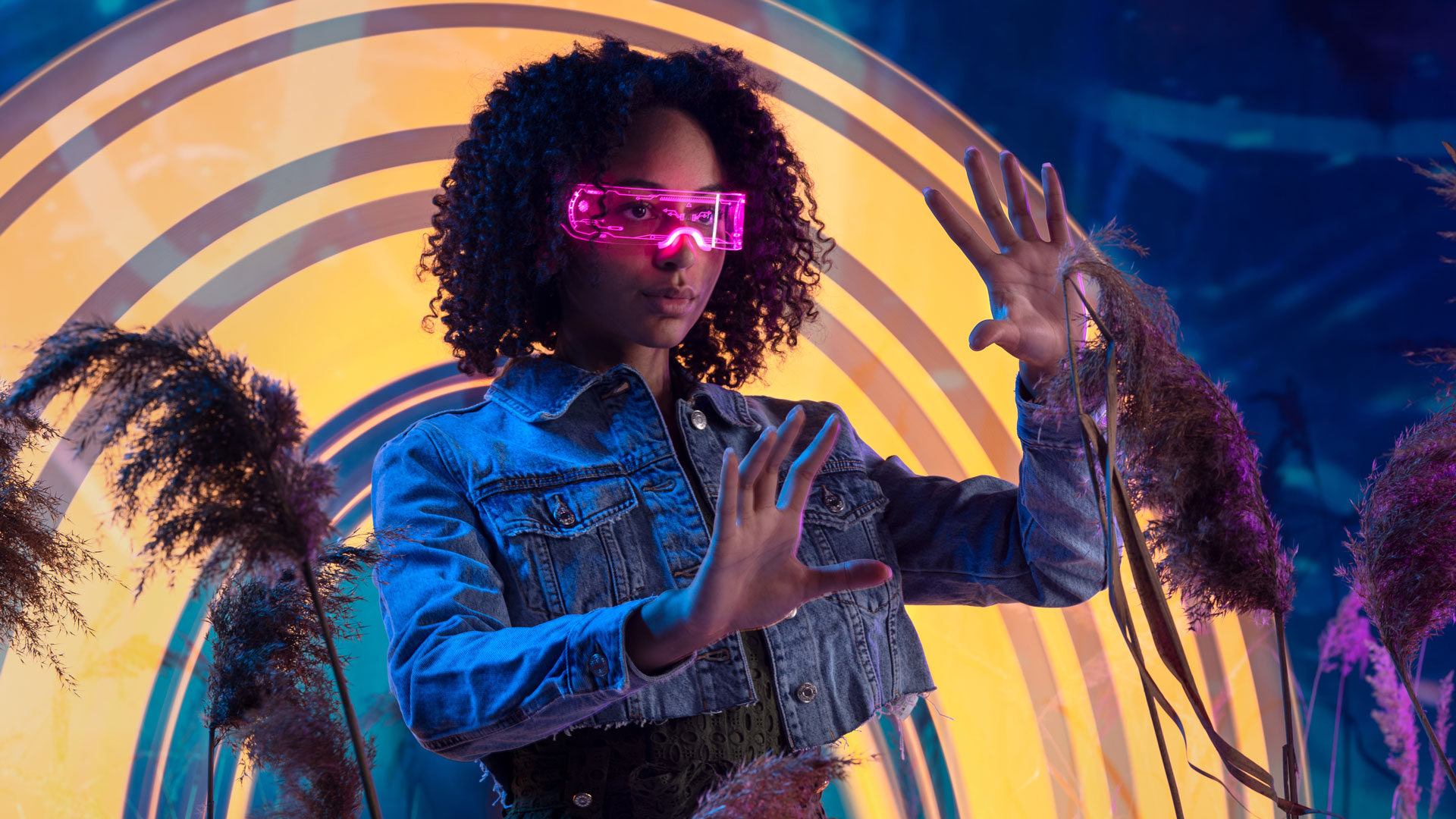Augmented Reality (AR) is often framed as a futuristic tool with limitless potential, but in higher education, its practical applications are still evolving. While AR has already begun reshaping industries like healthcare, design, and engineering, its role in classrooms and studios is still largely experimental.
One of the biggest shifts in AR discussions is its association with Extended Reality (XR)—an umbrella term for AR, Virtual Reality (VR), and Mixed Reality (MR). These technologies blend digital and physical experiences, allowing learners to interact with 3D content in real-time. Many universities focus on teaching students how to build AR applications, while others explore its potential as a learning tool.
Creative Technology Studios: Building AR’s Future
Reimagining Design Education
The most concrete examples of AR integration in higher education are found in design schools developing programs around XR creation. Savannah College of Art and Design (SCAD) has opened its School of Creative Technology, offering an Immersive Reality degree program that combines design principles with computer science fundamentals. Similarly, Parsons School of Design at The New School incorporates AR into its Immersive Storytelling minor.
This reflects a broader shift in design education, where AR is becoming a fundamental tool for storytelling, product development, and interactive media rather than a specialized skill.
Digital Sandboxes
Universities are creating XR studios where students collaborate on real-world AR projects. Georgia Tech’s Invention Studio provides a hands-on space for students to experiment with AR-based product design and interactive storytelling. These studios encourage teamwork and innovation, helping students develop cross-disciplinary problem-solving skills.
By working together in XR environments, students gain experience in collaborative design, user testing, and real-time prototyping—essential skills for industries increasingly reliant on immersive digital tools.

AR in Action: From Theory to Practice
Anatomy Without the Scalpel
AR is revolutionizing healthcare education by replacing cadavers with holographic models. Nursing programs now use interactive 3D anatomy models, allowing students to explore complex structures in greater detail. This provides an interactive, reusable alternative to traditional dissection.
Some institutions are also incorporating AR into clinical simulations, enabling students to practice procedures in a risk-free virtual environment before performing them on real patients.(Educause, 2024)
Blueprint to Reality in One Tap
Industrial design and engineering programs are leveraging AR for real-time collaboration on 3D models. Gravity Sketch allows students to design, refine, and manipulate prototypes in AR before creating physical versions, streamlining the iterative design process. (Educause, 2024)
With AR, design students can test out new ideas, adjust proportions, and experiment with different materials in a fully immersive space, allowing for more innovative workflows.
Customer Experience Enhanced
A student-led project at the University of Illinois explored how AR menus could improve restaurant experiences by providing interactive 3D previews of meals. This application enhances accessibility for visually impaired customers by allowing them to scan a QR code to hear detailed descriptions of dishes.
Business students are also exploring how AR-based marketing and e-commerce solutions can impact consumer decision-making. By visualizing products in AR, companies can provide more engaging virtual shopping experiences. (Ar-Code, 2024).


Scaling AR: The Roadblocks Ahead
Digital Vulnerabilities, Physical Consequences
As AR becomes more immersive, security concerns grow. Researchers at the University of New Haven found vulnerabilities that could trick XR users into unsafe interactions, raising ethical questions about privacy, manipulation, and misinformation. (Educause, 2024)
The Price of Progress
The cost of implementing AR in education remains a challenge. Many institutions lack the resources for hardware, software, and faculty training, creating a digital divide between well-funded universities and those struggling to adopt emerging technologies.
Next Generation Learning: AR’s Academic Potential
Breaking Out of the STEM Bubble
AR is widely used in design, engineering, medicine, and the sciences. However, in other disciplines, it remains a passive tool, mainly enhancing visual displays rather than fostering critical thinking. To unlock AR’s full potential, institutions must explore interactive applications in fields like history, psychology, and the humanities, using AR for role-playing simulations, data visualization, and interactive case studies.
Collaboration Will Drive Innovation
AR’s greatest strength is fostering teamwork and interdisciplinary learning. Universities investing in XR studios, collaborative AR projects, and shared digital workspaces will lead educational innovation. Partnerships with tech companies and research institutions will ensure AR remains practical, scalable, and relevant, moving beyond novelty to become an essential learning tool across disciplines.
AR in Focus: Promise vs. Reality
AR in higher education exists in a gap between promise and practice. While the technology continues to evolve, the actual implementation remains concentrated in specialized programs and disciplines.
The most exciting developments aren’t in how AR is being used to teach, but in how students are being taught to use AR. These students will likely bridge the gap between AR’s theoretical potential and its practical application.
When does AR truly enhance learning, and when is it simply technological window dressing? How might we need to rethink our physical learning spaces as the boundaries between digital and physical continue to blur?
For now, we’ll continue watching this space evolve – perhaps with some AR glasses on.
References:
Educause. (2024). XR in Higher Education: Adoption Considerations and Recommendations. Retrieved from https://er.educause.edu/articles/2024/1/xr-in-higher-education-adoption-considerations-and-recommendations
Educause. (2018). Securing Your Reality: Addressing Security and Privacy in Virtual and Augmented Reality Applications. Retrieved from https://er.educause.edu/articles/2018/5/securing-your-reality-addressing-security-and-privacy-in-virtual-and-augmented-reality-applications

